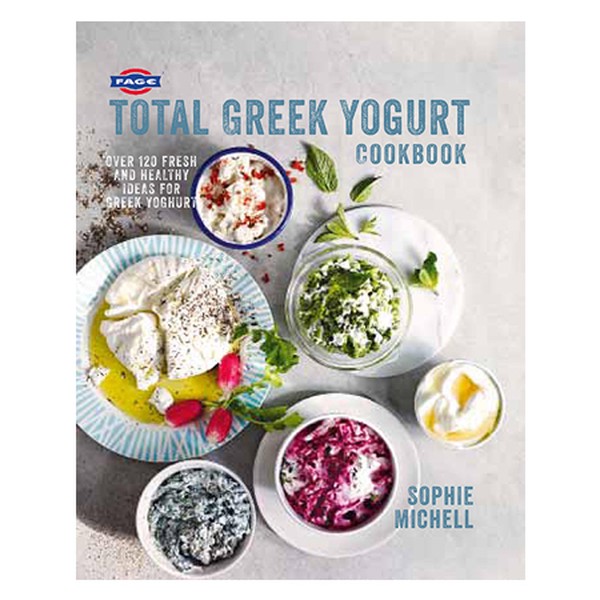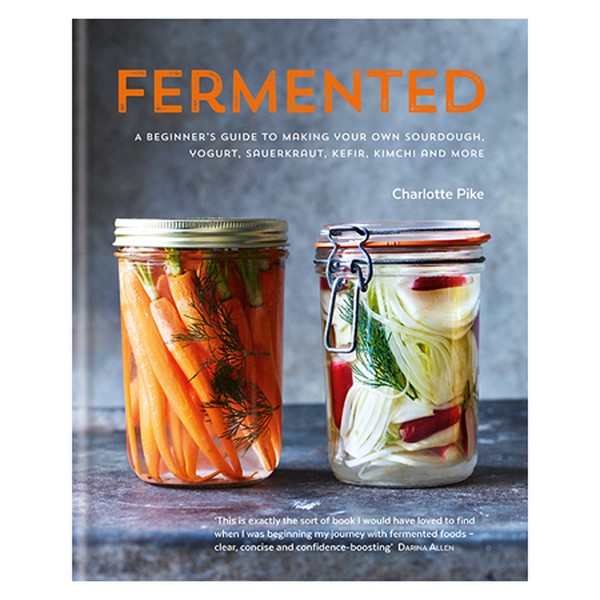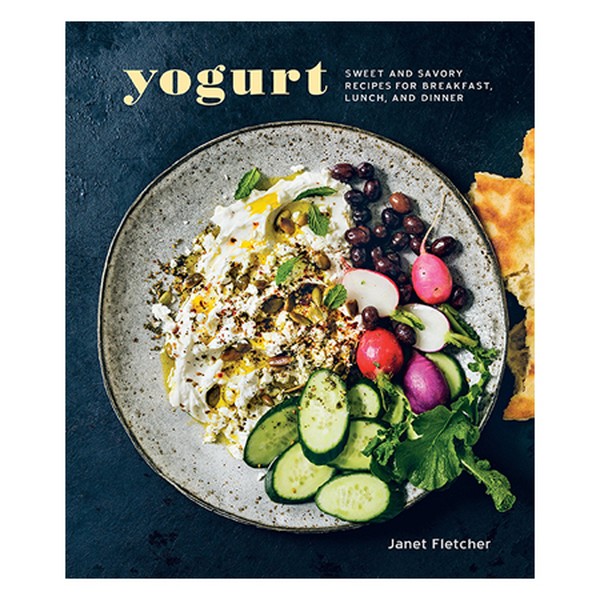Everything You Need To Know About Yoghurt
How Yoghurt Is Made
For something so tasty, hearing how yoghurt is made might be slightly off-putting. Essentially, it’s a food that’s produced through the bacterial fermentation of milk. The bacteria used to make the yoghurt are known as ‘yoghurt cultures’, and the fermentation of lactose by these bacteria produce lactic acid, which acts on milk protein to give yoghurt that distinctive sour taste.
It’s this flavour that makes it such a good canvas for other foods. Perfectly fine on its own, but greatly enhanced by the addition of other tastes, it can be used in sweet or savoury dishes. In Greece, yoghurt is the main ingredient in savoury tzatziki, while also used, topped with sweet carrot marmalade, for dessert.
So, how much do we love yoghurt? Let us count the ways. Having a big pot of the white stuff in your fridge at home offers endless options, spanning the sweet-to-savoury spectrum, marinating meat and topping grilled vegetables.
How To Use Yoghurt
For Something Sweet:
Both Greek and plain yoghurt make excellent bases for sweet desserts. The difference between the two is that plain yoghurt tends to be a lot thinner – Greek, or ‘strained yoghurt’ as it’s also known, has been strained to reduce most of its whey (the liquid remaining after milk has been curdled and strained), resulting in a thicker, creamier consistency. Leading London nutritionist Lily Soutter prefers adding Greek yoghurt and fruit to overnight oats for a tasty breakfast, or blended with frozen fruit to make a healthier alternative to ice cream. (Jamie Oliver has a great fruity recipe) It can also frozen in a completely different way, spread out on a tray and dotted with strawberries and pistachios to make yoghurt bark. Alternatively, it’s perfect just drizzled with a little honey.
For something savoury:
Yoghurt is perfect for paring down the heat of spicy dishes. Expert chef Yotam Ottolenghi uses a big dollop of it in his vegetarian chickpea sauté: “Greek yogurt with some olive oil stirred in can transform many dishes. Here, it gives a smoother texture and mellows the robust flavours of the chard and herbs.”
It can be used to create healthier versions of certain meals, too – such as light mac ‘n’ cheese, or an alternative to cream in mash potato.
Lily advises trying natural yoghurt for sauces and soups: “Natural yoghurt has a thinner consistency and a lower fat content in comparison, therefore works well when combined with dressings and cold sauces. It can also be added to smoothies or soups after cooking.”
The Health Benefits:
Yoghurt is one of those simple pleasures that is packed with nutrients. The health benefits of yoghurt are well known. As Lily tells us: “The majority of yoghurt sold in the UK is ‘live’ which means it provides healthy bacteria, which are thought to have positive effects on our gut. Regular consumption of yoghurt may inhibit the growth of harmful bacteria, whilst helping to maintain a healthy microbiome and regulate transit time. ‘Bio yoghurts’ differ in that they have had additional bacteria added post fermentation, resulting in yoghurt with a higher quantity beneficial bacterium.”
However, Lily warns that not all yoghurts provide these live cultures because “some are heat-treated post fermentation which kills off healthy bacteria. To ensure your yoghurt comes with friendly bacteria, always check the label for ‘live cultures’.”
Kristy Coleman, nutritionist at The Gut Stuff, adds you should ensure you’re getting a wide variety of these bacteria from your yoghurts: “Different yogurts, including non-dairy ones, contain different live cultures, so read the label and mix it up to make sure you are getting plenty of diversity. For example, one brand of Greek yogurt contains live cultures: Bifidobacterium, lactobacillus Bulgaricus, Streptococus, whereas another contains: Lactobacillus Bulgaricus, S Thermophilus, L Acidophilus, Bifidus, L. Casdei. Diversity is key for gut health!
When it comes to Greek yoghurts, Lily says they are higher in protein but lower in sugar than more traditional yogurts. “Protein is essential for maintaining lean muscle and for keeping hunger at bay, which makes it an attractive choice. On the other hand it provides slightly less calcium, which is a vital nutrient, required for healthy bones and teeth.”
Choosing The Right Yoghurt For You
While you might be used to natural and Greek yoghurt, there’s actually a wide variety of yoghurt types available. The six main types include:
- Traditional Yoghurt: If you like smooth, creamy yoghurt, then full-fat milk yoghurt is for you. It’s unstrained and usually made with whole milk. These usually come in a wide variety of flavours.
- Greek Yoghurt: As previously stated, Greek yoghurt is created through a rigorous straining process to remove the whey. Most Greek yoghurts are required to contain a minimum of 5.6% protein – almost double the amount for unstrained, meaning Greek yoghurts have more protein and less sugar for the same amount of calories as regular yoghurts.
- Icelandic Yoghurt: Skyr, or Icelandic yoghurt is made by incubating non-fat milk with live cultures. In the same vein as Greek, the yoghurt is strained to remove the whey, giving it a thick consistency. They’re very low in sugar and contain no fat.
- Non-dairy yoghurt: Soy, almond and coconut milk yoghurts allow vegans and those that are lactose free to enjoy the sweet treat too.
- Kefir: Very similar to yoghurt, kefir is a cultured, fermented milk drink with a tart, sour taste and a slight fizz. Kefir is a good source of calcium and rich in probiotic bacteria.
- Lactose-Free: Lactose-free yoghurt is still made with cow’s milk, but it’s been treated to break down the lactose, which is what activates peoples’ intolerance. A lactose-free yoghurt is still a good source of calcium, protein and probiotics.
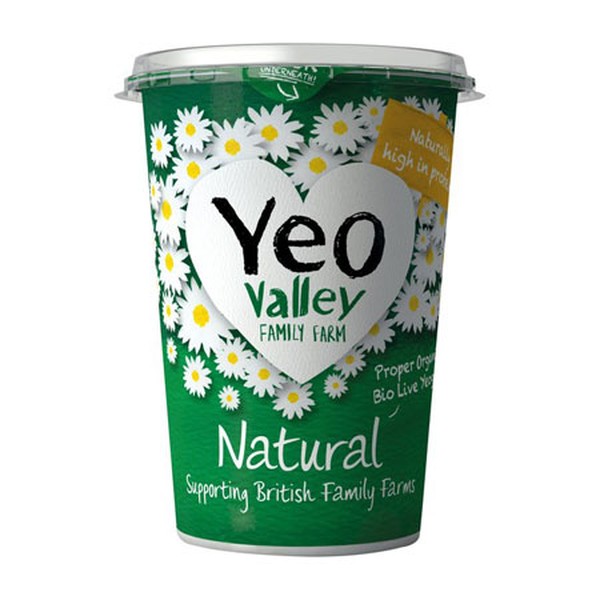
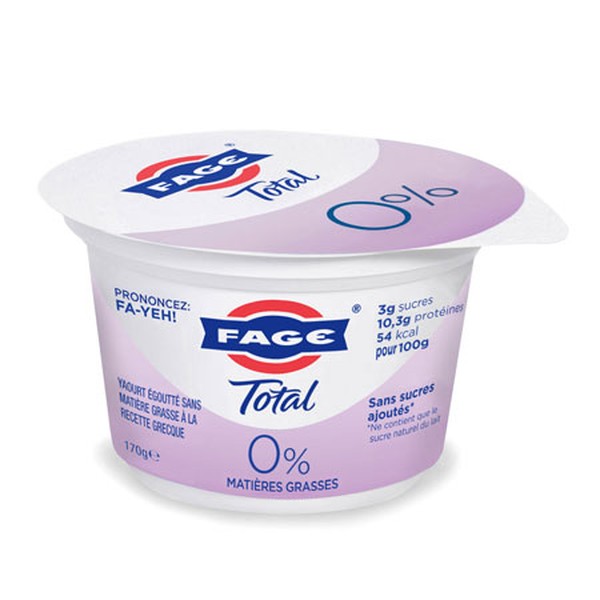
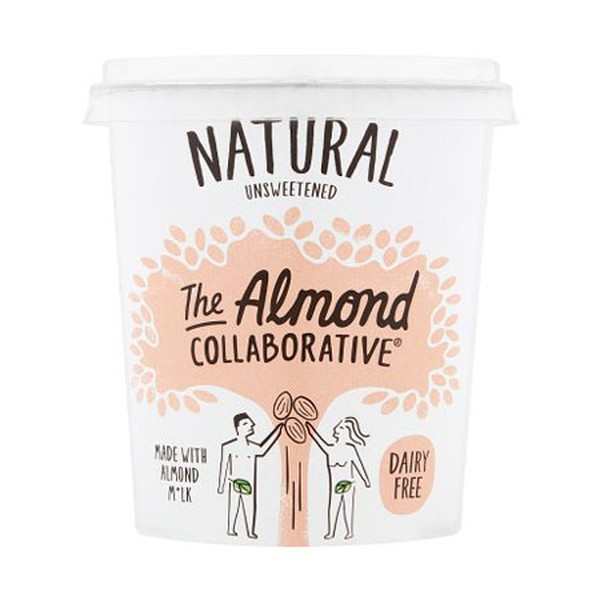
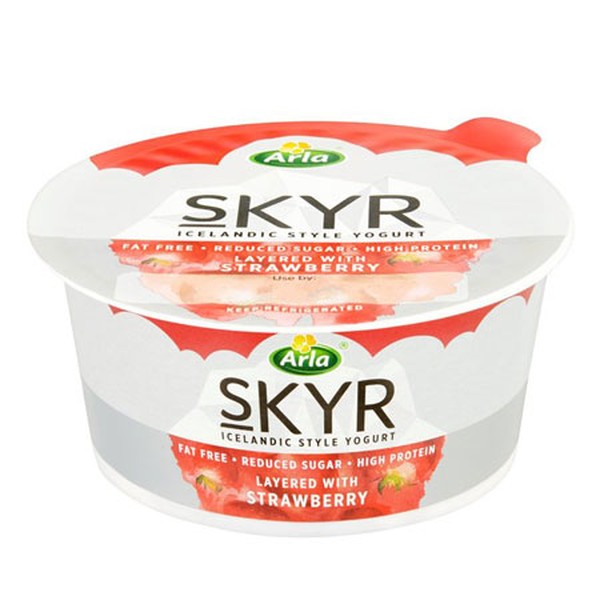
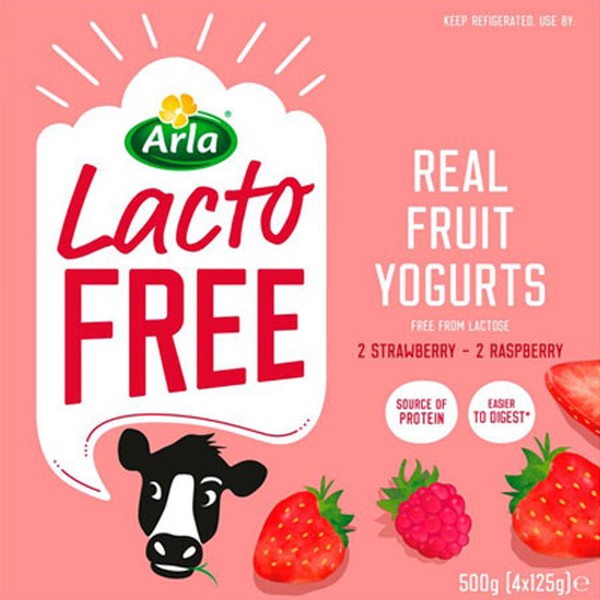
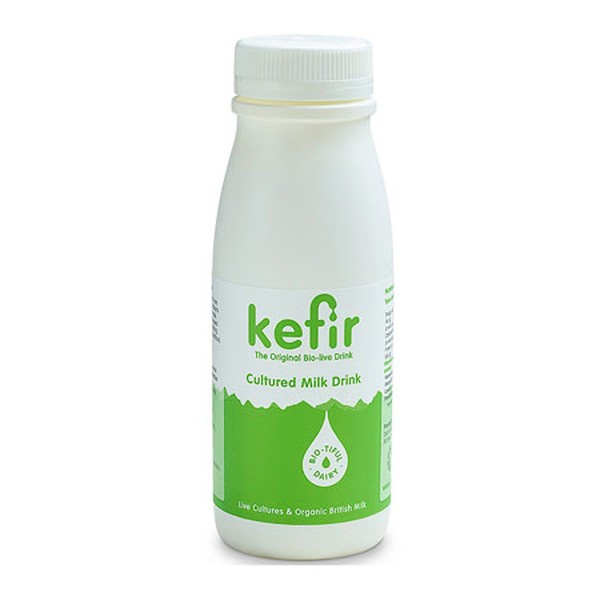
Do It Yourself
For those who don’t see themselves as the next Deliciously Ella, making your own yoghurt is probably not your idea of fun. Producing your own yoghurt from scratch is no easy feat – but for those who fancy giving it a shot, it’s not terribly taxing, if you have the right equipment. You’ll need a couple of pints of milk, a thermos and… some yoghurt. It might seem counterproductive to make yoghurt with yoghurt, but you need something with ‘active cultures’ in it in order to convert your milk into yoghurt. Here’s an easy recipe from ethical online grocer Farmdrop:
- Add two tbsp of live yoghurt to a thermos flask.
- Heat two pints (1.1 litres) of full-fat milk over a medium-low heat until almost bubbling (85C), stirring often so it doesn’t catch on the bottom. Leave it to cool so you can stick your finger in it but it’s still pretty hot (46ºC). If you want to get specific with this, use a thermometer.
- Pour a good splash of the milk into the thermos and stir well to combine with the yoghurt, then pour in all of the remaining milk, stirring gently.
- Put the lid on immediately, then set aside for at least 8 hours. It’s important it is not moved at all during this time, so keep it well out of the way.
- And there you have it. Tangy, delicious, creamy yoghurt. Store in jars in the fridge. It’ll keep for as long as the regular store-bought stuff.
Feeling inspired?
Try out some yoghurt recipes for yourself, from healthy ice cream to dips to dressing, with these books dedicated to the power of yoghurt.
DISCLAIMER: We endeavour to always credit the correct original source of every image we use. If you think a credit may be incorrect, please contact us at info@sheerluxe.com.

